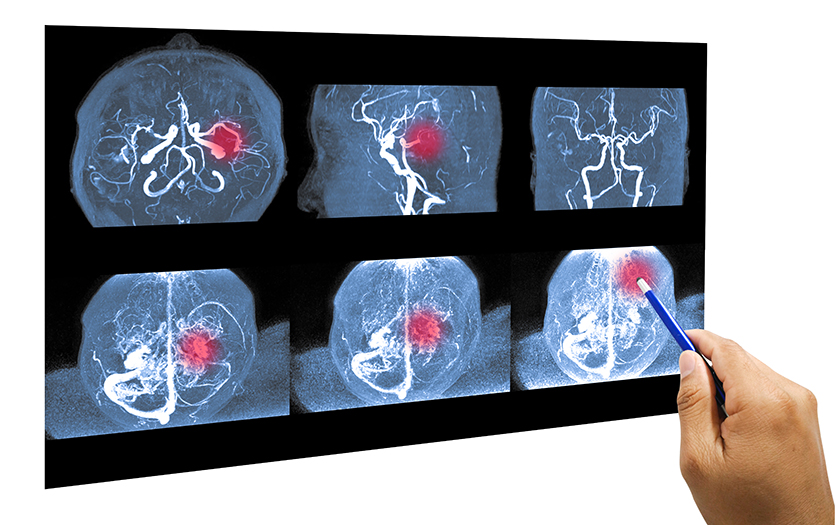
This post was written Lois Wilson, RT(R), CT, MR, ARRT, director, corporate imaging, Parkview Health.
A DEXA scan is a diagnostic test that measures bone mineral density (BMD) using two different X-ray beams. It helps determine the strength and density of bones and can also assess body fat and muscle mass distribution. This scan is commonly used to diagnose osteoporosis and other conditions that affect bone health.
Why have a DEXA scan?
There are many reasons someone might pursue a DEXA scan, including:
-
Diagnostic – The primary reason for a DEXA scan is to diagnose osteoporosis, a condition characterized by weakened bones and an increased risk of fractures.
-
Assessing fracture risk – Having data around your bone health can help evaluate the risk of fractures in individuals with low bone density.
-
Monitoring – For those already diagnosed with osteoporosis or receiving treatment for bone health, regular DEXA scans can monitor changes in bone density over time.
-
Evaluating treatment – DEXA can help patients and care teams assess how well osteoporosis medications or other treatments are working.
-
Body composition analysis – In some cases, a DEXA scan is used to assess body fat and lean muscle mass distribution.
Who is a good candidate for a DEXA scan?
DEXA can be a safe and useful tool for those in these populations, among others:
-
Postmenopausal women – Women over 65 or those with menopause at a younger age are at higher risk of osteoporosis.
-
Men over 70 – Older men are also at risk of osteoporosis, especially those with additional risk factors.
-
Individuals with risk factors – People with conditions or lifestyle factors that increase osteoporosis risk, such as long-term use of corticosteroids, rheumatoid arthritis or a family history of osteoporosis.
-
Patients with fragility fractures – Those who have suffered fractures from minor falls or injuries.
How is a DEXA scan done?
-
Preparation: No special preparation is needed before the scan. You may be asked to withhold supplements containing calcium for a period of time prior to your scan date. You should inform the technologist if you’ve recently had a contrast agent or any metal implants, as these may affect the results.
-
Procedure:
o You will lie on a padded table with your knees elevated on a sponge while the DEXA scanner passes over your body.
o For a standard bone density scan, the most commonly examined areas are the lumbar spine, hip and sometimes the forearm.
o The scan uses very low-dose X-rays, and the procedure is generally quick, often taking 10 to 30 minutes. -
Positioning: During the scan, you may be asked to hold still and sometimes hold your breath briefly to avoid motion artifacts.
What should people expect from the process?
-
Comfort – The procedure is painless and non-invasive. You may experience slight discomfort from lying still for a few minutes, but it should not be painful.
-
Results – After the scan, the results are interpreted by a radiologist who will provide a report to your healthcare provider. Your healthcare provider will discuss the findings with you and recommend any necessary actions based on the results.
-
Follow-up – Depending on your bone density results, follow-up measures may include lifestyle changes, medication or further diagnostic testing.
How do I get a DEXA scan?
-
Order: Your primary care provider must enter an order for a DEXA scan.
-
Scheduling: Once you have an order on your chart, contact our central scheduling department at 266-7500 to schedule your exam.
Locations: We perform DEXA scans at the following locations:
Overall, a DEXA scan is a valuable tool for assessing bone health and guiding treatment decisions, making it an important procedure for individuals at risk of osteoporosis or other bone-related conditions. If you wish to schedule a DEXA scan, speak with your provider about entering an order.



